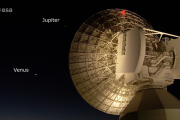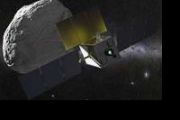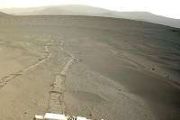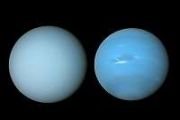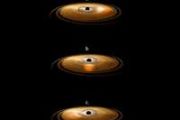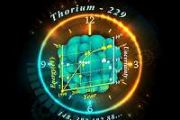
Copernical Team
Will LISA see the gravity waves 10 picoseconds after the Big Bang
 The early universe may chirp about unknown physics. A University of Helsinki research team has demonstrated how an early universe phase transition will lead to gravitational wave signals potentially visible in the upcoming satellite missions. The research results were recently published in the prestigious journal Physical Review Letters.
Phase transitions, such as the boiling of water or t
The early universe may chirp about unknown physics. A University of Helsinki research team has demonstrated how an early universe phase transition will lead to gravitational wave signals potentially visible in the upcoming satellite missions. The research results were recently published in the prestigious journal Physical Review Letters.
Phase transitions, such as the boiling of water or t Space Security Challenge 2022: Hack-A-Sat 3 Registration Opens
 The U.S. Air and Space Force, in collaboration with the security research community, opened registration April 8 for the qualification round of the third annual Space Security Challenge: Hack-A-Sat satellite hacking competition.
Hack-A-Sat enables and encourages security researchers of all levels to focus their skills, creativity and innovative thinking on solving cybersecurity challenges
The U.S. Air and Space Force, in collaboration with the security research community, opened registration April 8 for the qualification round of the third annual Space Security Challenge: Hack-A-Sat satellite hacking competition.
Hack-A-Sat enables and encourages security researchers of all levels to focus their skills, creativity and innovative thinking on solving cybersecurity challenges Mars rover searches for evidence of past life at ancient river delta
 NASA's Perseverance rover, searching for evidence of past life on Mars, has completed a 31-Martian-day journey of roughly 3 miles after collecting eight rock-core samples from its first science campaign.
As of April 13, the rover was "at the doorstep of Jezero Crater's ancient Martian river delta" searching for signs of microscopic life, according to NASA.
"The delta at Jezero Cr
NASA's Perseverance rover, searching for evidence of past life on Mars, has completed a 31-Martian-day journey of roughly 3 miles after collecting eight rock-core samples from its first science campaign.
As of April 13, the rover was "at the doorstep of Jezero Crater's ancient Martian river delta" searching for signs of microscopic life, according to NASA.
"The delta at Jezero Cr NASA Crew-4 preps for launch but liftoff delayed as Ax-1 mission waits to leave ISS
 NASA's next crew of astronauts planned to launch no earlier than Saturday, but space agency officials are preparing to delay the flight because of weather problems preventing the return of Axiom Space's first mission crew from the International Space Station.
The Ax-1 crew originally planned for a 10-day mission, part of the first-ever private astronaut mission to the International Spac
NASA's next crew of astronauts planned to launch no earlier than Saturday, but space agency officials are preparing to delay the flight because of weather problems preventing the return of Axiom Space's first mission crew from the International Space Station.
The Ax-1 crew originally planned for a 10-day mission, part of the first-ever private astronaut mission to the International Spac NASA's Perseverance rover captures video of solar eclipse on Mars
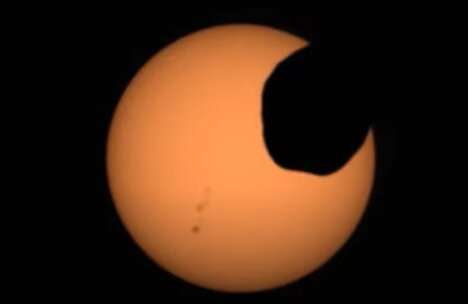
NASA's Perseverance Mars rover has captured dramatic footage of Phobos, Mars' potato-shaped moon, crossing the face of the Sun. These observations can help scientists better understand the moon's orbit and how its gravity pulls on the Martian surface, ultimately shaping the Red Planet's crust and mantle.
Captured with Perseverance's next-generation Mastcam-Z camera on April 2, the 397th Martian day, or sol, of the mission, the eclipse lasted a little over 40 seconds—much shorter than a typical solar eclipse involving Earth's Moon. (Phobos is about 157 times smaller than Earth's Moon. Mars' other moon, Deimos, is even smaller.)
The images are the latest in a long history of NASA spacecraft capturing solar eclipses on Mars. Back in 2004, the twin NASA rovers Spirit and Opportunity took the first time-lapse photos of Phobos during a solar eclipse. Curiosity continued the trend with videos shot by its Mastcam camera system.
But Perseverance, which landed in February 2021, has provided the most zoomed-in video of a Phobos solar eclipse yet—and at the highest-frame rate ever.
Sun releases moderate and strong solar flares
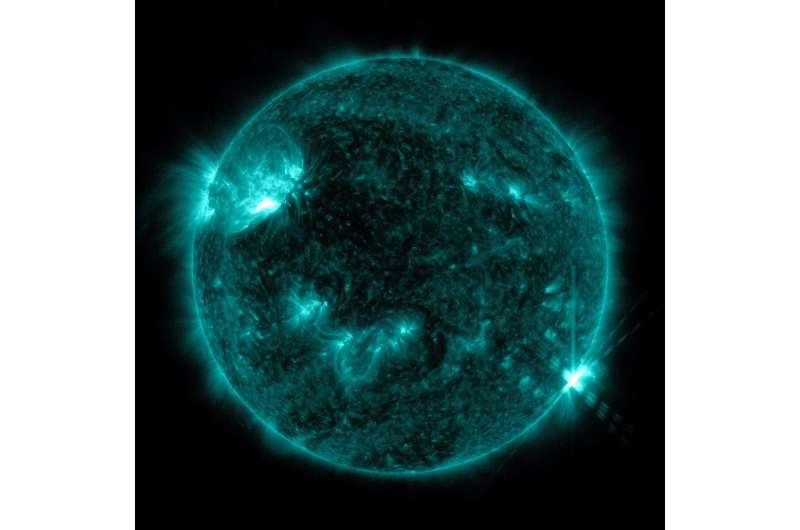
The Sun emitted two solar flares on April 19, 2022, one moderate peaking at 9:35 p.m.
The moon, where no satnav has gone before
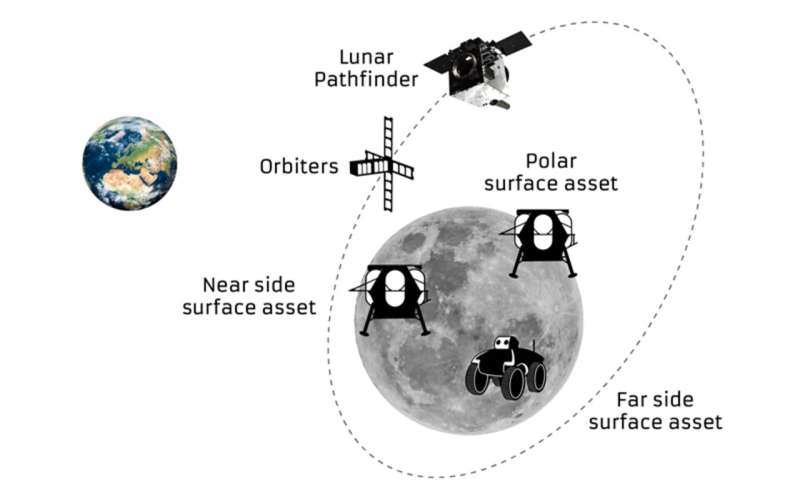
The test version of a unique satellite navigation receiver has been delivered for integration testing on the Lunar Pathfinder spacecraft. The NaviMoon satnav receiver is designed to perform the farthest ever positioning fix from Earth, employing signals that will be millions of times fainter than those used by our smartphones or cars.
"This engineering model of our NaviMoon receiver is the very first piece of hardware to be produced in the context of ESA's moonlight initiative, to develop dedicated telecommunications and navigation services for the moon," explains Javier Ventura-Traveset, Head of ESA's Navigation Science Office and managing all ESA lunar navigation activities.
"It will be flown aboard the Lunar Pathfinder mission into orbit around the moon, from where it will perform the furthest satellite navigation positioning fix ever made, at more than 400 000 km away to an accuracy of less than 100 m. This represents an extraordinary engineering challenge, because at such a distance the faint Galileo and GPS signals it makes use of will be barely distinguishable from background noise.
Extraterrestrial mining would emulate 'tears of wine' phenomenon
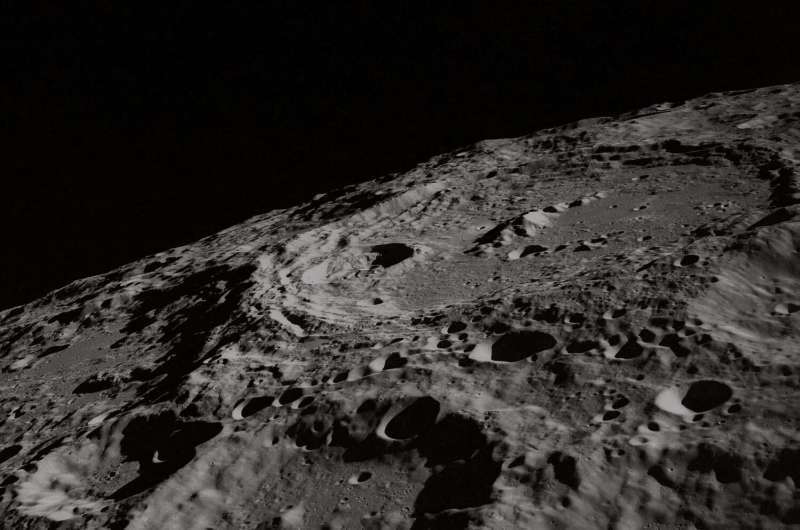
Tears of wine is a phenomenon frequently observed as a ring of wine formed near the top of the glass generates droplets that fall back into the wine. This phenomenon can be explained by the Marangoni effect driven by the surface tension created via gradients on concentration and temperature along the interface between two phases.
In a paper published in Advances in Space Research, Jonathan Whitlow, an associate professor in biomedical and chemical engineering and sciences, and co-authors propose an extraterrestrial all-in-one mining process in which the Marangoni effect would allow non-mechanical transportation of the extraterrestrial mineral to feed an also in-situ pyrolysis-based refinery unit.
The researchers seek to establish that the Marangoni effect, which is crucial for welding metals, manufacturing integrated circuits and growing crystals, has the potential to be important for supporting lunar habitats and other extraterrestrial endeavors. They contend that vacuum and reduced gravity are expected to augment the Marangoni effect on extraterrestrial molten soil leading to sustainable extraterrestrial in-situ resources utilization.
Using bacteria to build settlements on Mars

In collaboration with the Indian Space Research Organization (ISRO), a team of researchers from the Indian Institute of Science (IISc) has developed a sustainable method for making bricks out of Martian soil, using bacteria and urea. These "space bricks" can be used to construct building-like structures on Mars that could facilitate human settlement on the red planet.
The method for making these space bricks has been outlined in a study published in PLOS ONE. A slurry is first created by mixing Martian soil with guar gum, a bacterium called Sporosarcina pasteurii, urea and nickel chloride (NiCl2). This slurry can be poured into molds of any desired shape, and over a few days the bacteria convert the urea into crystals of calcium carbonate. These crystals, along with biopolymers secreted by the microbes, act as cement holding the soil particles together.
An advantage of this method is the reduced porosity of the bricks, which has been a problem with other methods used to consolidate Martian soil into bricks.
Sci-fi becomes real life: NASA doctor 'holoports' to International Space Station
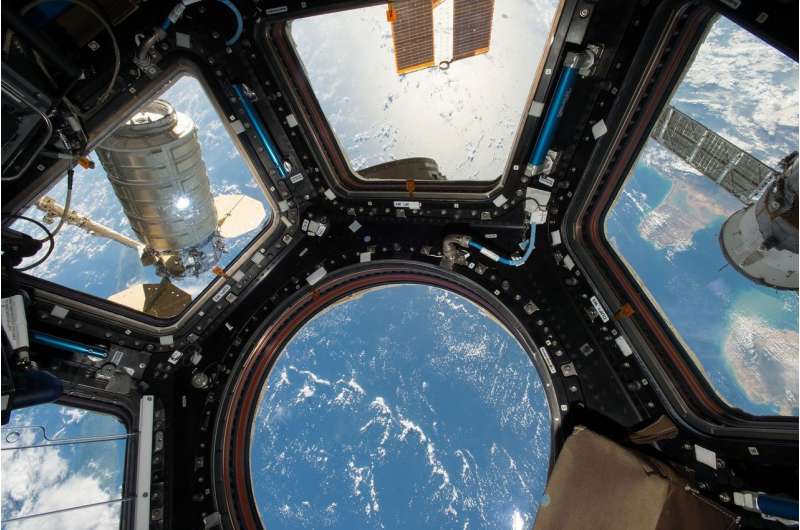
Star Wars turned into real life? A NASA doctor appeared as a hologram at the International Space Station for a telemedicine visit with an astronaut in Oct. 8, 2021, according to a recent release from NASA.
The "holoportation", a word made from hologram and transportation, features a life-like visual and audio connection between the space center and those back on Earth.
Dr. Josef Schmid and his crew were holoported to the ISS using the Microsoft Hololens Kinect camera and a personal computer with custom software Aexa, according to an April 8 release from NASA. Schmid had a virtual conversation with astronaut Thomas Pesquet as part of a 3D telemedicine visit.
"We'll use this for our private medical conferences, private psychiatric conferences, private family conferences and to bring VIPs onto the space station to visit with astronauts," Schmid said.
The technology allows users to interact with remote participants in 3D as if they were physically in the same space.
"It is a brand new way of human exploration, where our human entity is able to travel off the planet.












